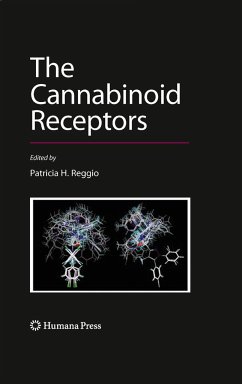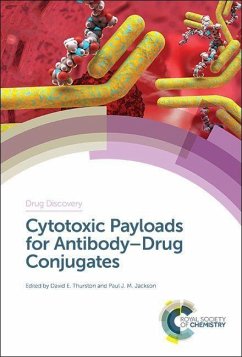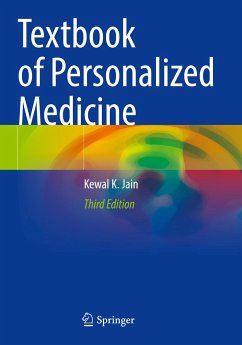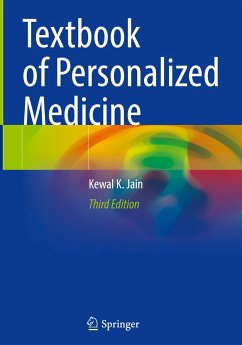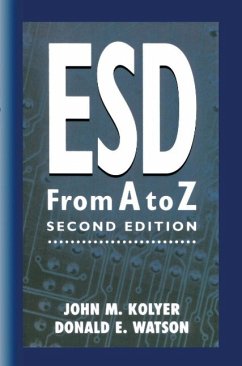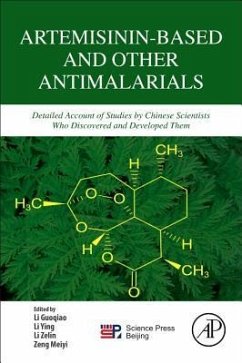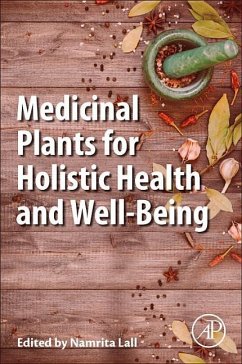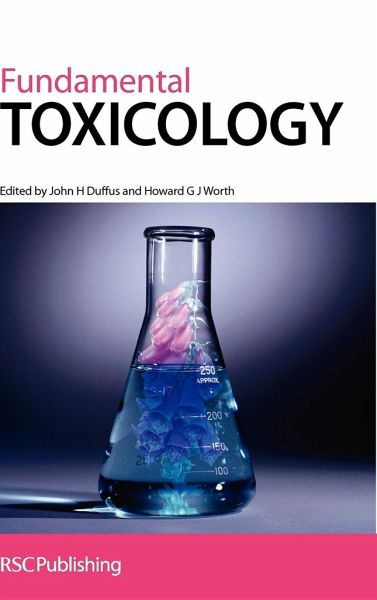
Fundamental Toxicology
Versandkostenfrei!
Versandfertig in über 4 Wochen
51,99 €
inkl. MwSt.

PAYBACK Punkte
26 °P sammeln!
This book is a core introductory text to the subject of toxicology and the use of toxicological information for risk assessment by chemists. Increasingly, chemists are being required by law to advise on the safe handling of chemicals. Few chemists, however, have been trained in toxicology, and the subject is often not covered in a chemistry degree curriculum. It is to address this problem that this book has been written. Fundamental Toxicology for Chemists contains a proposed curriculum for teaching toxicology to chemists, which gives a firm grounding in the basics. With this book as a guide, ...
This book is a core introductory text to the subject of toxicology and the use of toxicological information for risk assessment by chemists. Increasingly, chemists are being required by law to advise on the safe handling of chemicals. Few chemists, however, have been trained in toxicology, and the subject is often not covered in a chemistry degree curriculum. It is to address this problem that this book has been written. Fundamental Toxicology for Chemists contains a proposed curriculum for teaching toxicology to chemists, which gives a firm grounding in the basics. With this book as a guide, lecturers will be able to design courses that cover all their students needs. In addition, students in all areas of chemistry will find it invaluable. Fundamental Toxicology for Chemists offers a unique assessment of the subject specifically for chemists. It is both comprehensible and fully comprehensive, covering developing areas such as reproduction, behavioural and ecological toxicology. The book has been approved by the IUPAC (International Union of Pure and Applied Chemists) committees on toxicology and the teaching of chemistry. It has a comprehensive index and an extensive glossary of terms, and will have lasting value to all chemists as a reference, and a text book.





